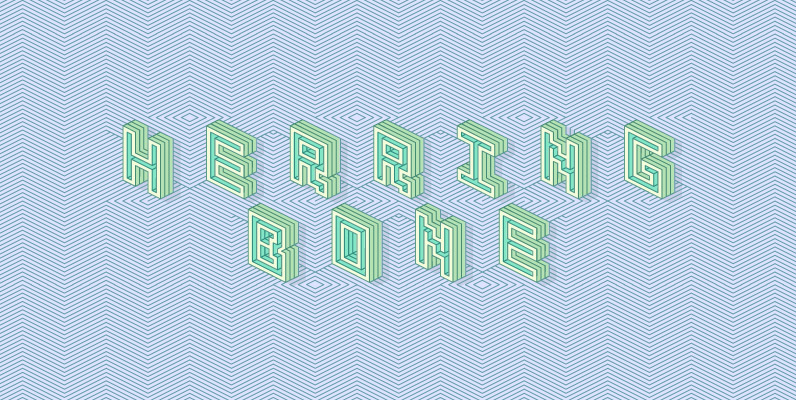The Dutch De Stijl movement (1917-1931) sought to create an art which took abstraction to its logical extreme, as exhibited in the paintings of Piet Mondrian. Inspired by the movement’s philosophy of pure form, P22’s De Stijl set features three rigid, balanced, and angular fonts and a set of geometric extras.
The four fonts in the De Stijl font set were inspired by the geometric art and typography of the Dutch De Stijl Movement, 1917-1931. “Regular,” “Tall,” and “Stencil” are letter forms reduced to their simplest angular components. The Philosophy of the De Stijl called for a purity of form which reduced all graphic elements to their most basic components. With this limitation of subject matter, artwork would be viewed solely for its compositional value.
“Extras” is set of “dingbats” originally created as a proposed set of pictorial symbols for city landmark identification.The Artists of the De Stijl: Piet Mondrian, Bart Van Der Leck, Theo Van Doesburg, Karl Peter Roehl, and others, sought to create an art which took abstraction to its ultimate end. Along with the Constructivists, the Dadaists, and the Bauhaus, the De Stijl strived to liberate art from the confines of the past and integrate art more fully with everyday life. Much of the work done by these groups in the early 20th Century has become the basis for a large portion of current design work.
Technical Notes: These fonts are intended to be used as headline fonts. They are best viewed at large point sizes and generally not suited as a body text. The strict angular nature of these fonts limits their ease of readability. “Regular” and “Tall” each have approximately 200 characters to accommodate several foreign languages.
Upper and lower case letters are identical with the exception of the “Stencil” font which offers an alternative A, V, and W in the lower case positions. This option is offered due to the 45 degree angles, which do not align well in programs where kerning is not recognized (such as most word processing programs).
These font sets were created by Richard Kegler and Michael Want of P22 type foundry.

